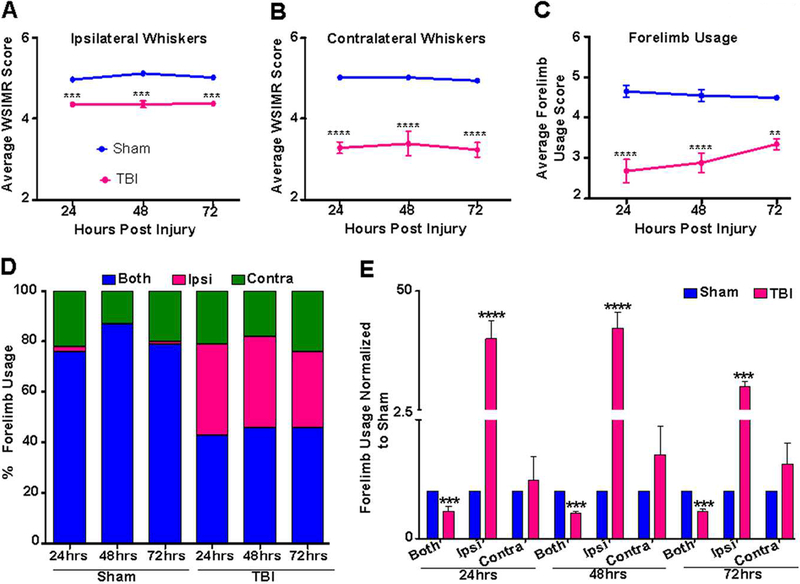Figure 6. Early stage sensorimotor behavioral asymmetry after TBI.
A) TBI animals (pink) exhibited reduced WSIMR in response to ipsilateral whisker stimulation compared to sham animals (blue). B) Intensity of diminished motor activity in response to contralateral whisker stimulation was much higher compared to the ipsilateral activity in TBI animals. C) Forelimb debilitation test in TBI animals showed deficient use of both forelimbs (pink) compared to sham animals (blue). D) Percentage forelimb usage in sham and TBI animals at 24, 48, and 72 hours after injury. TBI animals used both forelimbs simultaneously (blue) ~45% of the time, with an increased usage of only ipsi forelimb (pink) (~34%) or only contra forelimb (green) (~20%) when compared to sham animals, indicating profound motor functional deficits on both brain hemispheres after TBI. E) Percentage forelimb usage in TBI animals normalized to sham. TBI animals decreased the simultaneous usage of both forelimbs with a significant increase in ipsilateral forelimb usage at 24, 48 and 72 hours after injury compared to sham. Significantly different; ***p<0.001; **p<0.01; two-way RM ANOVA. Error bars, SEM.

